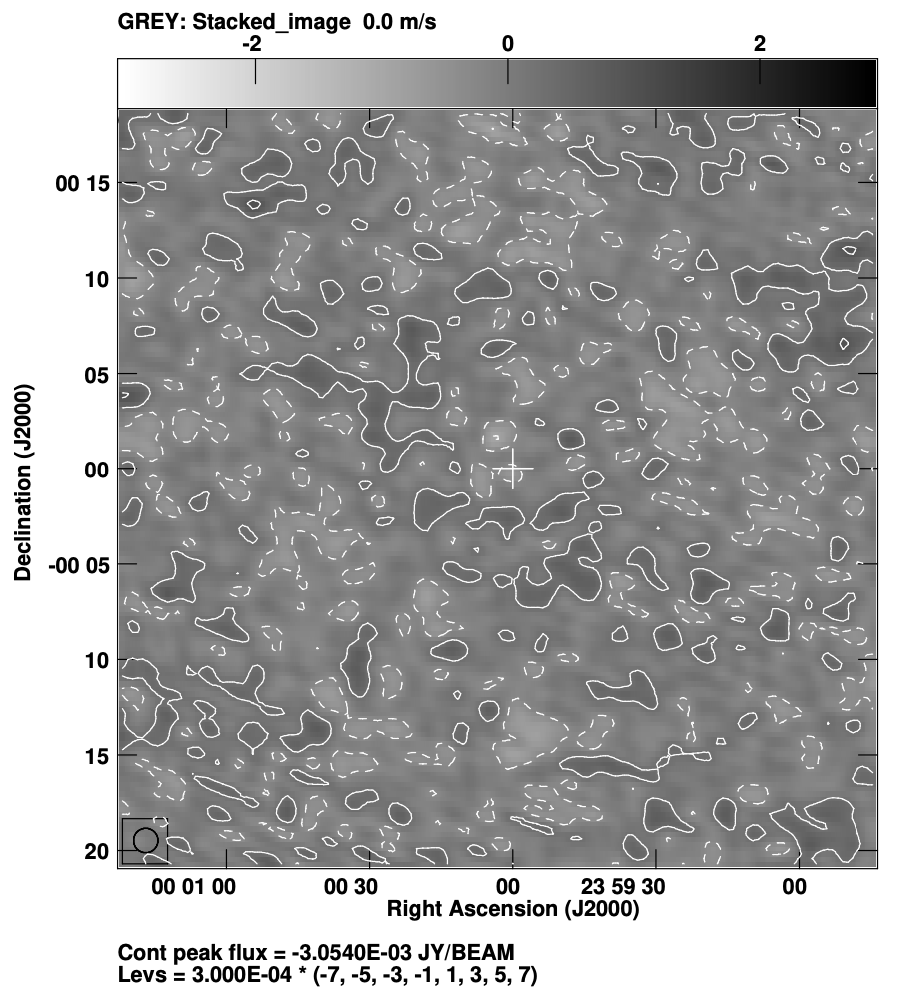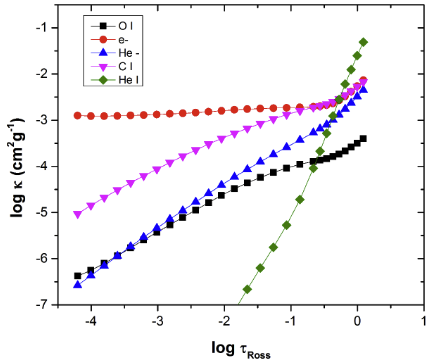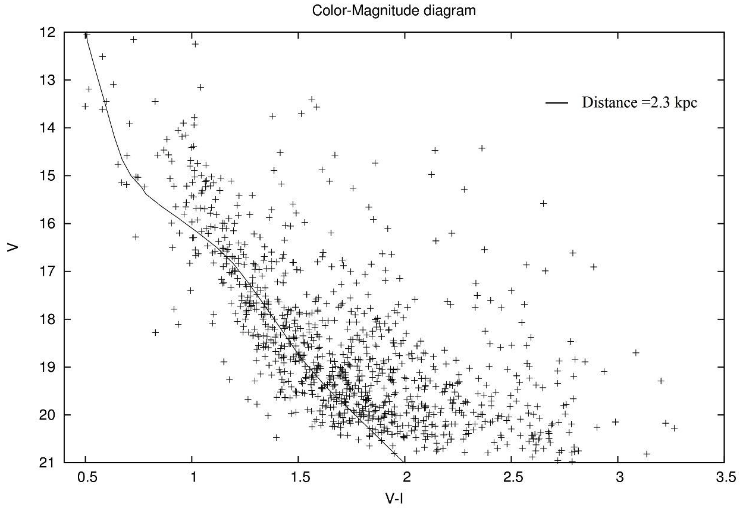Previous Research Projects
In my Undergraduate, I have worked on a few other topics in astronomy. In addition to that, I also explored some topics in high energy physics and computational nonlinear dynamics. I still like those topics and would love to explore them in future.
Master’s Thesis
In my master’s thesis, I worked on the nature of HI disks surrounding radio galaxies using the Very Large Array radio telescope.
Giant gaseous layers (termed “superdisks”) have been hypothesized in the past to account for the strip-like radio emission gap observed between the twin radio lobes in over a dozen relatively nearby powerful Fanaroff - Riley II radio galaxies. They could also provide plausible alternative explanations for a range of observations. Although several theories have been proposed for the origin of the superdisks, very little is known about their material content. If they are composed in entirity or in part of neutral gas, they may be directly detectable as neutral hydrogen gas disks in nearby radio galaxies.


In my MS project, I searched for the HI 21 cm emission from these gaps in four radio galaxies, namely 3C 227, 3C 98, 4C+32.25 and 3C 192, to understand the composition of the superdisks. For this purpose, I used the radio continuum data of these galaxies from the Very Large Array in New Mexico, USA. I used CASA and AIPS, to analyse the radio continuum data. It was first attempt to understand and constrain their physical properties with such a sensitive observation. The main results and conclusion were:
- No positive HI signal in any of the four sources, resulting in tight upper limits on the HI number density in the postulated superdisks, estimated directly from the central RMS noise values of the final radio continuum subtracted image.
- No positive HI signal is detected even after stacking all the four available HI images (see Figure).
- Our study ruled out an HI dominated superdisk as a viable model to explain these structures; however, the possibility of superdisk being made of warm/hot gas remains open.
For more details see my publication Anand et al. 2019 and my Master’s thesis.
Bachelor’s Thesis
In my bachelor’s thesis, I explored the nature of the stellar atmosphere of Hydrogen deficient stars (Hds) during my bachelor’s thesis. They are very interesting objects because unlike usual stars, they are almost devoid of hydrogen (~ 1 % by number). The most abundant elements are helium (~ 98% by number) and carbon (~ 1-2% by number).  They are old and generally evolved. For the main sequence stars, hydrogen is the dominant source of continuum opacity; however, this is not true for these stars (for e.g., see example figure right, $e^{-}$ is the dominant source of opacity at optical wavelengths). The spectroscopic abundance analysis of hydrogen deficient stars is a challenge as the source of opacity is not known. The line strength of different transitions is a function of the opacity of the medium. Also, opacity is a strong function of the temperature of the medium and the wavelength of the emitted photon. This information on the sources of continuum opacity allows us to perform a precise abundance analysis of these stars. My goal was to find these sources that dominate the opacity in Hds. I found the major sources of the continuum opacity in optical and UV for cool and moderately hot hydrogen deficient stars. For more details, see my thesis here.
They are old and generally evolved. For the main sequence stars, hydrogen is the dominant source of continuum opacity; however, this is not true for these stars (for e.g., see example figure right, $e^{-}$ is the dominant source of opacity at optical wavelengths). The spectroscopic abundance analysis of hydrogen deficient stars is a challenge as the source of opacity is not known. The line strength of different transitions is a function of the opacity of the medium. Also, opacity is a strong function of the temperature of the medium and the wavelength of the emitted photon. This information on the sources of continuum opacity allows us to perform a precise abundance analysis of these stars. My goal was to find these sources that dominate the opacity in Hds. I found the major sources of the continuum opacity in optical and UV for cool and moderately hot hydrogen deficient stars. For more details, see my thesis here.
Short Term Summer Projects
I was also fortunate enough to explore other topics in physics by doing short summer or term projects with faculties at IISc and nearby institutes. It was pretty fun to learn those topics. Below are some projects:

A general solution of damped Wilberforce Pendulum
During my master’s, I did a project where I performed a numerical analysis of damping behaviour in Wilberforce Pendulum.. I also did a detailed stability analysis of the system using the linearization technique. Using the RK-4 scheme in Matlab, I solved the differential equations to find the critical values of damping coefficients which determine the underdamped and overdamped situation (for e.g. see figure right showing energies as functions of time in damped Wilberforce pendulum). For more details, see my project report.
Semi-empirical mass formula and its applications to nuclear reactions
In second year of my undergraduate, I did a short reading project in nuclear and particle physics where I mainly referred to this book. From here I learnt and understood the details of the semi-empirical mass formula and its application to nuclear reactions to understand its stability. For more details, see my project report.

Multiwavelength photometric study of young open star cluster NGC1931
During my first year of my undergraduate in the summer of 2013, I did a short internship at ARIES, Nainital, where I analysed the multi-wavelength photometric study of open young star cluster NGC 1931 to estimate interstellar reddening, its age and distance. I did the analysis with IRAF. See the de-reddened color-magnitude diagram for NGC1931 in Figure. For more details, see my project report.
